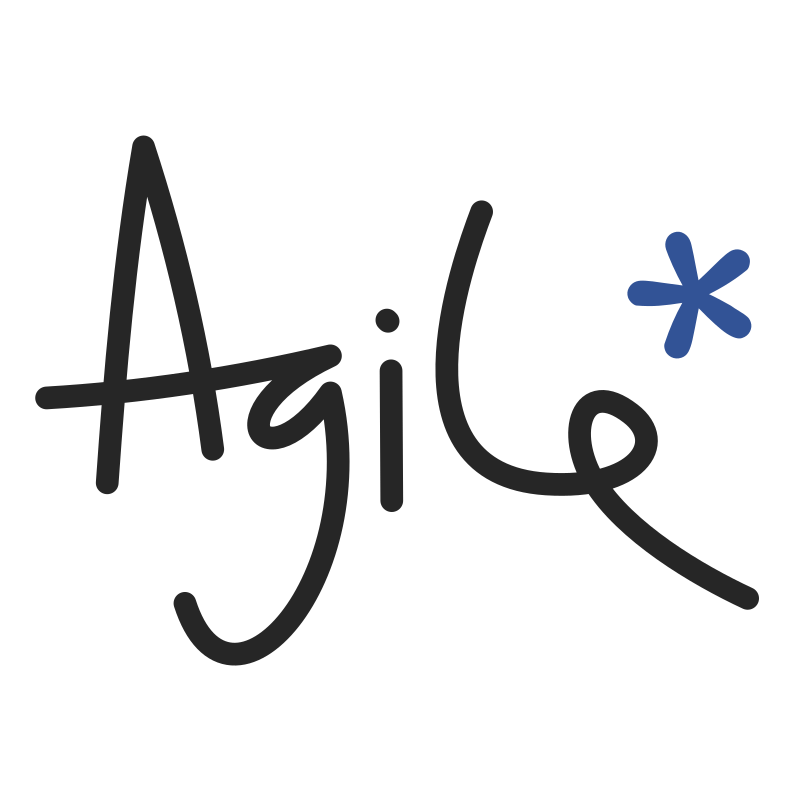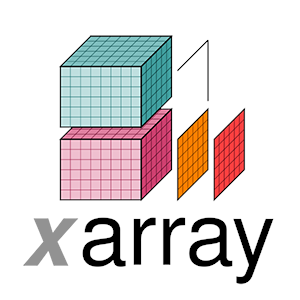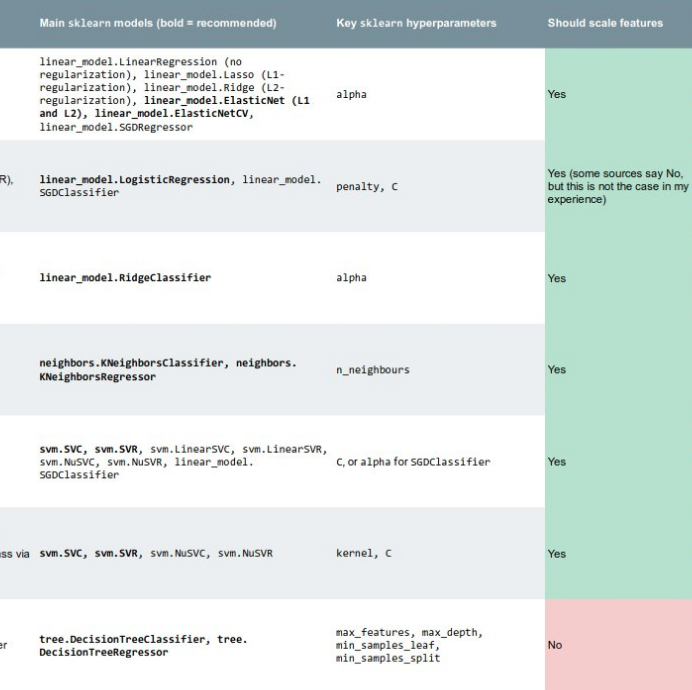The hack is back: learn new skills in New Orleans
/Looking for a way to broaden your skills for the next phase of your career? Need some networking that isn't just exchanging business cards? Maybe you just need a reminder that subsurface geoscience is the funnest thing ever? I have something for you...
It's the third Geophysics Hackathon! The most creative geoscience event of the year. Completely free, as always, and fun for everyone — not just programmers. So mark your calendar for the weekend of 17 and 18 October, sign up on your own or with a team, and come to New Orleans for the most creative 48 hours of your career so far.
What is a hackathon?
It's a fun, 2-day event full of geophysics and tech. Most people participate in teams of up to 4 people, but you can take part on your own too. There's plenty of time on the first morning to find projects to work on, or maybe you already have something in mind. At the end of the second day, we show each other what we've been working on with a short demo. There are some fun prizes for especially interesting projects.
You don't have to be a programmer to join the fun. If you're more into geological interpretation, or reservoir engineering, or graphic design, or coming up with amazing ideas — there's a place for you at the hackathon.
FAQ
- How much does it cost? It's completely free!
- I don't believe you. Believe it. Coffee and tacos will be provided. Just bring a laptop.
- When is it? 17 and 18 October, doors open at 8 am each day, and we go till about 5.30.
- So I won't miss the SEG Icebreaker? No, we'll all go!
- Where is it? Propeller, 4035 Washington Avenue, New Orleans
- How do I sign up? Find out more and register for the event at ageo.co/geohack15
Being part of it all
If this all sounds awesome to you, and you'll be in New Orleans this October, sign up! If you don't think it's for you, please drop in for a visit and a coffee — give me a chance to convince you to sign up next time.
If you own or work for an organization that wants to see more innovation in the world, please think about sponsoring this event, or a future one.
Last thing: I'd really appreciate any signal boost you can offer — please consider forwarding this post to the most creative geoscientist you know, especially if they're in the Houston and New Orleans area. I'm hoping that, with your help, this can be our biggest event ever.



























 Except where noted, this content is licensed
Except where noted, this content is licensed